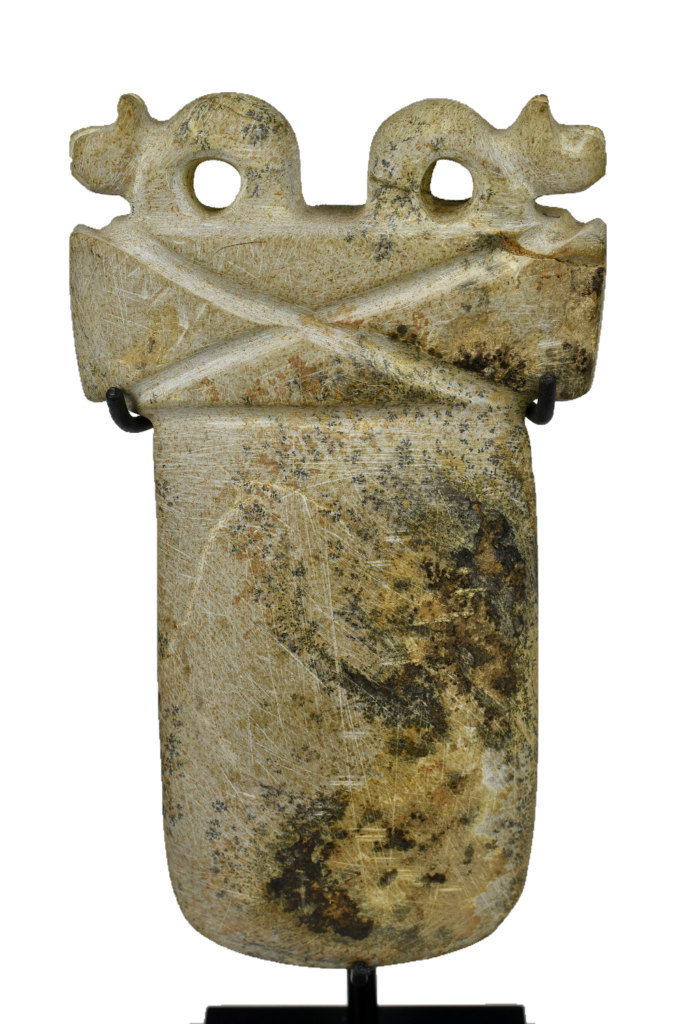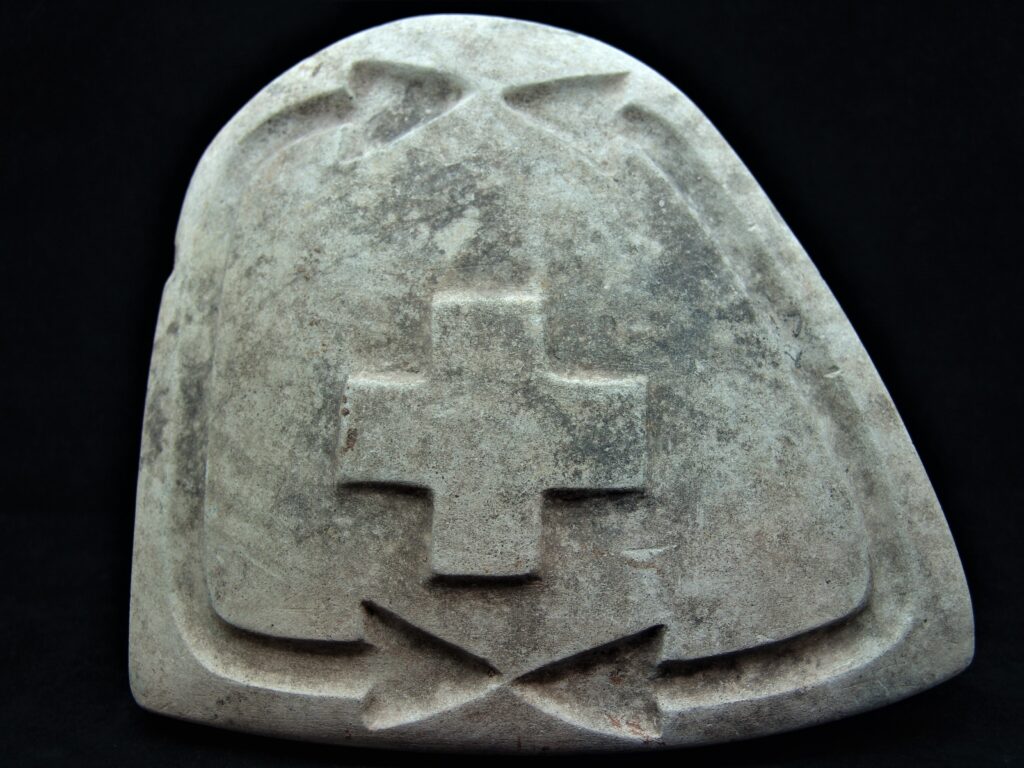Understanding Patina on Ancient Stone
Patina is a natural surface layer that forms on stone over time due to weathering, chemical reactions, and other environmental factors. However, not all ancient stone artifacts will necessarily have a visible patina. Several factors can influence the presence or absence of patina on ancient stone, and understanding these factors can provide deeper insights into the history and condition of the artifacts.
Environmental Conditions
The conditions in which the stone was kept significantly affect patina formation. Stones exposed to elements like wind, rain, and sun are more likely to develop a patina than those kept in sheltered or buried environments. The constant interaction with the environment facilitates the chemical and physical changes that lead to patina formation.

Type of Stone
Different types of stone react differently to environmental factors. Stones like limestone might develop patina more readily due to their chemical composition, which is more susceptible to weathering processes. In contrast, stones like serpentine may be more resistant to such changes and thus less likely to form a noticeable patina.

Human Intervention
Many ancient stone artifacts have been cleaned, restored, or even polished by humans, which can remove any existing patina. Such interventions can be carried out for aesthetic reasons or to preserve the artifact, but they often affect the stone’s natural surface. Restoration practices can significantly alter the appearance and condition of the stone, making it look newer than it is.
Burial Conditions
Artifacts buried underground or submerged in water might not develop a patina if the conditions prevented the typical weathering processes. For example, an artifact buried in a dry, stable environment might not undergo the same chemical changes as one exposed to moisture and varying temperatures. The lack of interaction with air and water limits the formation of patina.
Use and Handling
Frequent handling or use of an artifact in antiquity can wear down the surface and prevent patina from forming. Additionally, if an artifact were part of a building or structure, its exposure and wear patterns would differ from a ceremonial object kept indoors. The physical contact and usage patterns can significantly influence the surface characteristics of the stone.
Cultural Practices
In some cultures, it was common to maintain or clean stone artifacts, preventing patina formation. Conversely, some cultures may have applied substances to stones that could promote or inhibit patina development. These cultural practices reflect the values and technological capabilities of the societies that created and used the artifacts.
In summary, while patina is a common feature of many ancient stone artifacts, its presence is not guaranteed. The formation of a patina depends on a complex interplay of environmental conditions, material properties, human actions, and historical circumstances. Understanding these factors can provide valuable context for evaluating the history and authenticity of ancient stone artifacts.
The Formation and Appearance of Patina on Pre-Columbian Artifacts
Research Academic Papers and News Articles


